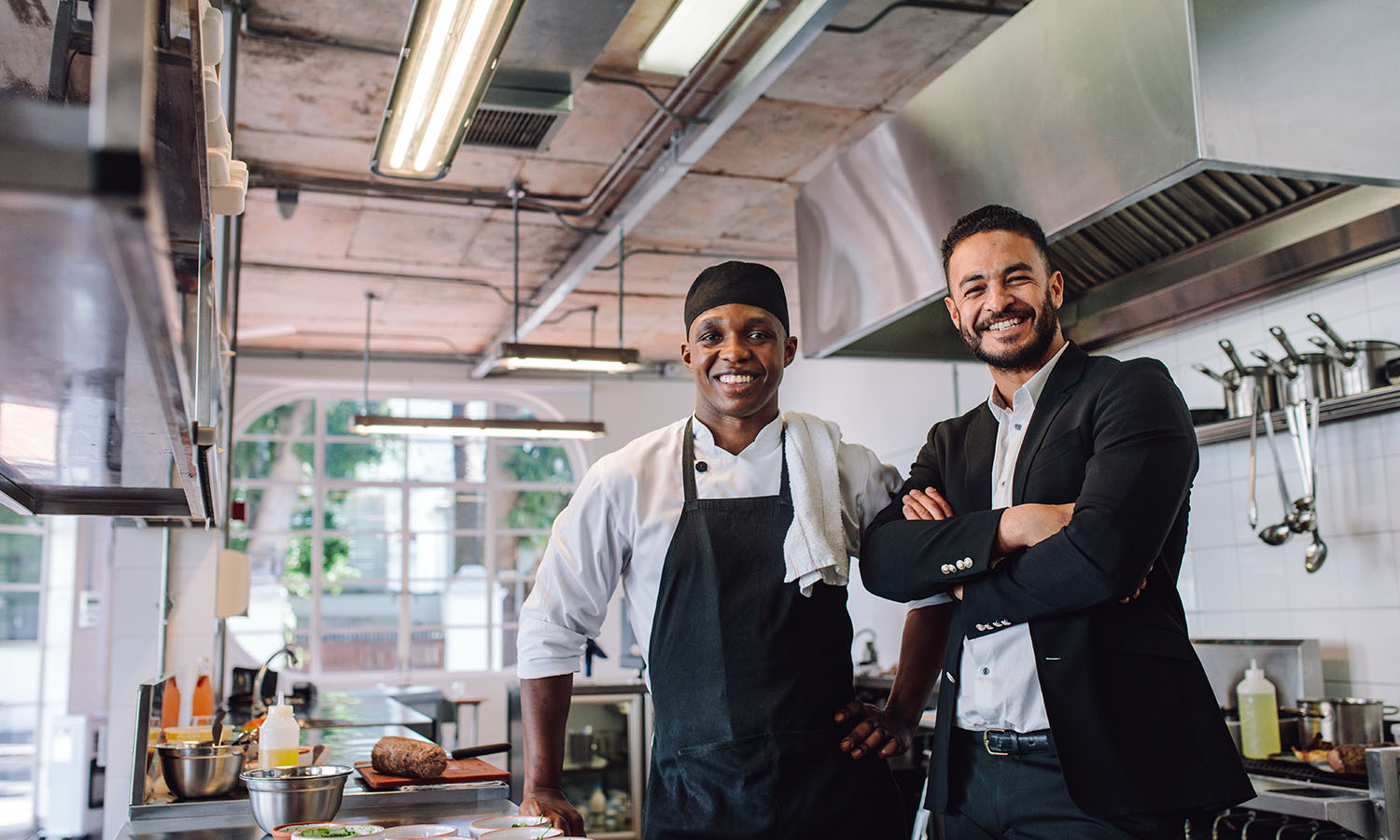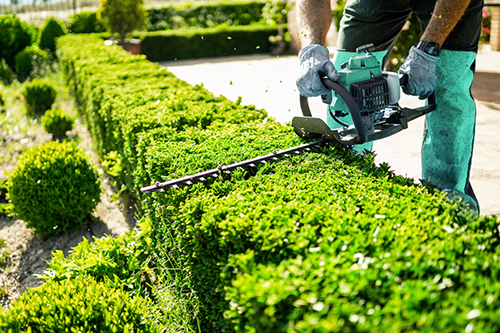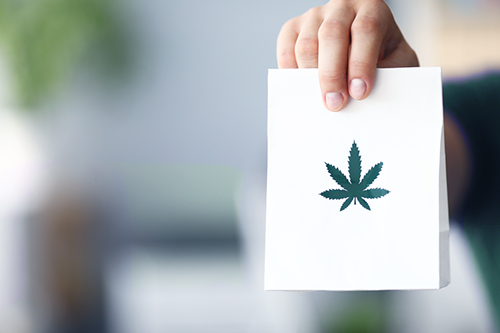Realizing the dream of opening a restaurant entails a lot of extensive planning. For instance, you need to think about the menu and atmosphere that combine to form the dining experience you want your customers to have.
However, some aspiring restaurant owners may not be thinking about the other aspects of the restaurant business, such as protecting it from damage, injury liability, equipment breakdowns, theft, and vandalism. Restaurants have a higher risk of occupational hazards and damages than some other types of businesses, and they make up a considerable portion of insurance claims.
Running a safe restaurant is crucial to your business’s success. For that reason, the more you know about the potential hazards, the better you can protect yourself with protect yourself with restaurant insurance for things beyond your control. After all, an ounce of prevention is worth a pound of cure.

With that in mind, here are some of the most common business insurance claims filed by restaurants and eateries and how to reduce the chance of any of them happening to your business:
1. Kitchen Fire Damage
Restaurant kitchens have numerous heating elements that can trigger a fire. Once a fire catches, it spreads quickly and can cause extensive property loss. Prevent and minimize the risk of fire and the resulting damage with these tips:
- Cleaning. Follow a strict schedule for all equipment to keep grease build-up in check. Pay specific attention to oven hoods and ventilation systems, grills and deep fryers, and grease traps.
- Routine tidying. Throughout the day, keep the kitchen tidy. Ensure oily rags and other flammables are clear of open heat sources and flame.
- Other housekeeping. To prevent electrical fires, have an electrician perform safety checks annually and repair any defective or damaged wiring as the spark could ignite a fire.
- Fire extinguishers. Ensure automatic fire extinguishers systems are installed near cooking appliances that are easily accessible and portable fire extinguishers in several locations. Installing automated sprinkler systems is also ideal.
- Alarms. Have an alarm system that covers the entire restaurant so that everyone can respond to the fire without delay.
- Fire safety training for employees. Ensure your employees are trained in fire safety and what to do if a fire starts.
- Have an escape route. Establish a marked evacuation route with multiple exits for both customers and employees. Do practice drills with all staff members, and always maintain clear walkways to ensure fire escapes, exits, and exit signs are bright and unobscured.
2. Slips and Falls
Restaurants are notoriously hectic, especially during the lunch and dinner rush hours. Busy staff are rushing to take orders and serve food, cooks are preparing orders, and bussers are clearing tables. There is more than ample opportunity for dropped food and spilled beverages, which is a recipe for slip-and-fall injuries. Take steps to prevent the risk of your customers or employees falling and being injured with the following tips:
- Keep floors dry. Clean up spills right away and limit cleaning the floors to times when there aren’t many people in the restaurant. If a floor is wet, place a sign marking the area as a caution for anyone passing by.
- Choose the right flooring. Make sure you have slip-resistant flooring.
- Stay smooth and steady. Reduce height differences between mats, rugs, and flooring surfaces to under one-half inch to avoid trips.
- Mandate footwear. Insist that your employees wear slip-resistant shoes.
- Keep on shining. Keep paths, entrances, walkways, and parking lots leading to and around your restaurant well-lit year-round.
- Be ready for winter. When necessary, clear snow and ice from your restaurant exterior as soon as possible to reduce the chance of falls outside and which create unsafe water puddles on the floor inside.
3. Equipment Breakdowns
We have become so reliant on our technology and equipment, and our businesses run on it. You may not be able to control all equipment breakdowns, but you can take steps to help stop them from happening:
- Train your employees. Train your staff on how to use and clean all the equipment in your restaurant correctly. Cleaning the equipment regularly – especially kitchen appliances – is both necessary and a legal requirement when serving food to the public.
- Maintenance, repairs, and replacements. Stay on top of routine preventative maintenance and make necessary repairs immediately. Recognize when it’s time to replace any equipment.
- Think about ventilation. Install ample ventilation to allow maximum airflow and reduce heat.
4. Burglary
The heady combination of valuable equipment and inventory and the notion of plenty of cash on hand make restaurants an alluring focus for burglars. To help protect your restaurant from being targeted, consider enacting the following measures:
- Let there be light. Lighting deters criminals who operate at night under cover of darkness, so install good lighting (including motion sensor lights) inside and outside of your restaurant to help deter them.
- Conspicuous surveillance. Security cameras will deter criminals and aid in apprehension if a robbery occurs. Having a mix of different camera types can help you cover your store as many angles as possible.
- Watch doors and windows. Backdoors are often left open for fresh air or convenience by staff. When left unguarded, they become an effective way for thieves to gain entry. Always ensure your backdoor is locked, avoid using it at night, and install a peephole for use before opening the door. Front doors and windows with good visibility will deter thieves who don’t want keen-eyed observers alerting authorities. Keep them free of signage and other obstructions for ideal visibility.
- Safety in numbers. Never have employees open or close the restaurant alone, and ensure they lock all entrances before closing procedures. Opening and closing are when a restaurant is most likely to be robbed. This practice will safeguard your employees and protect your property,
- Make cash deposits frequently. Be sure to cash on hand at a minimum and lock floats in a safe, and mount signage publicizing that the restaurant doesn’t keep large amounts of cash on the premises. Keep trips to the bank off-schedule and inconsistent.
5. Vandalism
When vandals strike and your property takes a hit, your first call should be to file a report with the police. Your next call should be to your insurance broker or company. Prevent vandalism from happening to your restaurant by:
- Light up the night. Vandals will likely avoid your restaurant if the exterior surroundings are brightly lit, which increases the chance someone can catch them in the act.
- Think 24/7 video surveillance. If you have adopted this tactic to help prevent burglaries, understand that the presence of security cameras near all windows is also an effective deterrent for vandals.
- Install an alarm system. Alarms may force vandals to flee the premises faster than intended, hopefully before they get the job done. It may not prevent all damage, but it may mitigate the potential damage.
Protect Your Restaurant With a Customized Insurance Policy
Restaurants are vulnerable to that one mistake that can close their doors for good, especially if your insurance coverage is inadequate and puts you at risk of having a claim denied.
Zensurance makes getting a customized restaurant insurance policy a piece of cake. Our licensed brokers have the experience and knowledge to advise you on what type of policy you need to protect your business. Fill out an online application to get a free quote. Let us help minimize the anxiety and burden of buying insurance while you focus on running your restaurant.
Related Posts
Is Your Landscaping and Lawn Care Business Protected?
Landscaping and lawn care businesses are gearing up for a busy season managing the health of their customers’ properties. See our tips for ensuring this season is a safe and problem-free one.
Do You Need Landlord Insurance to Rent Out a Room?
When renting out rooms in a boarding house or apartment, having landlord insurance is critical for protecting your investment and financial well-being. Here’s what you need to know.
Top 5 Risks Cannabis Small Businesses Face
Small business owners in the Canadian cannabis industry know they must overcome several hurdles to determine where and how to budget for success. A cannabis insurance policy can help shield you from potential threats to your business.


